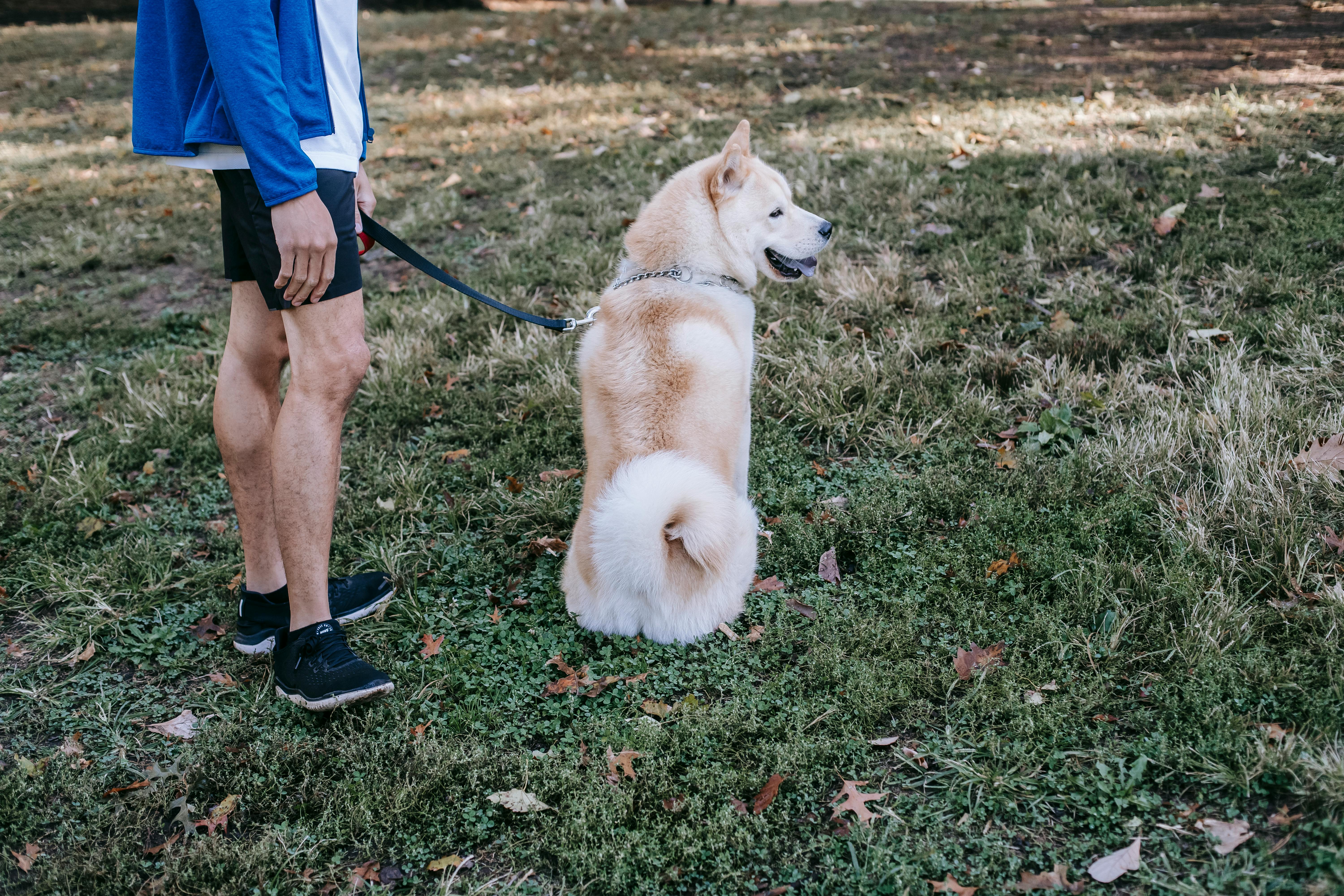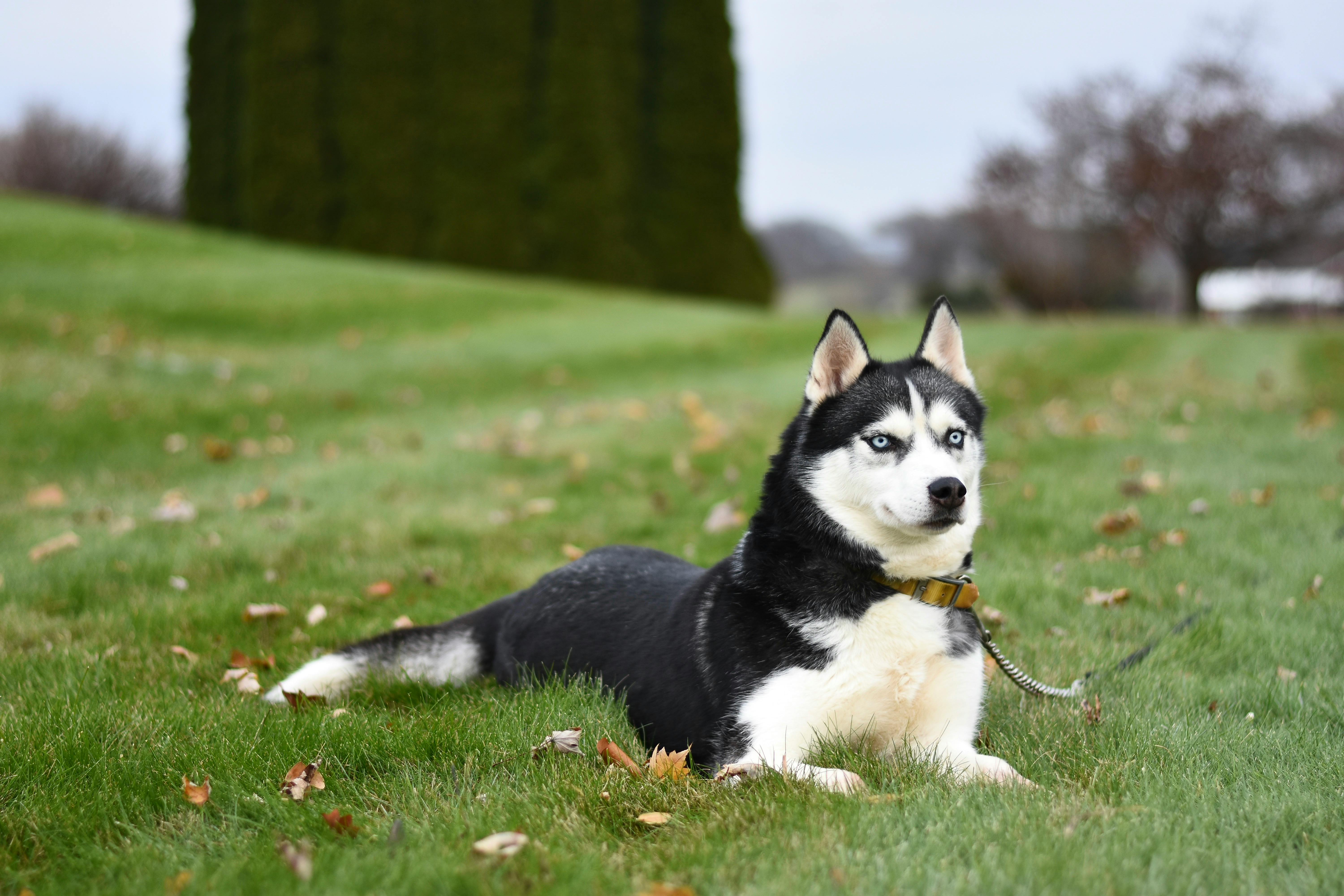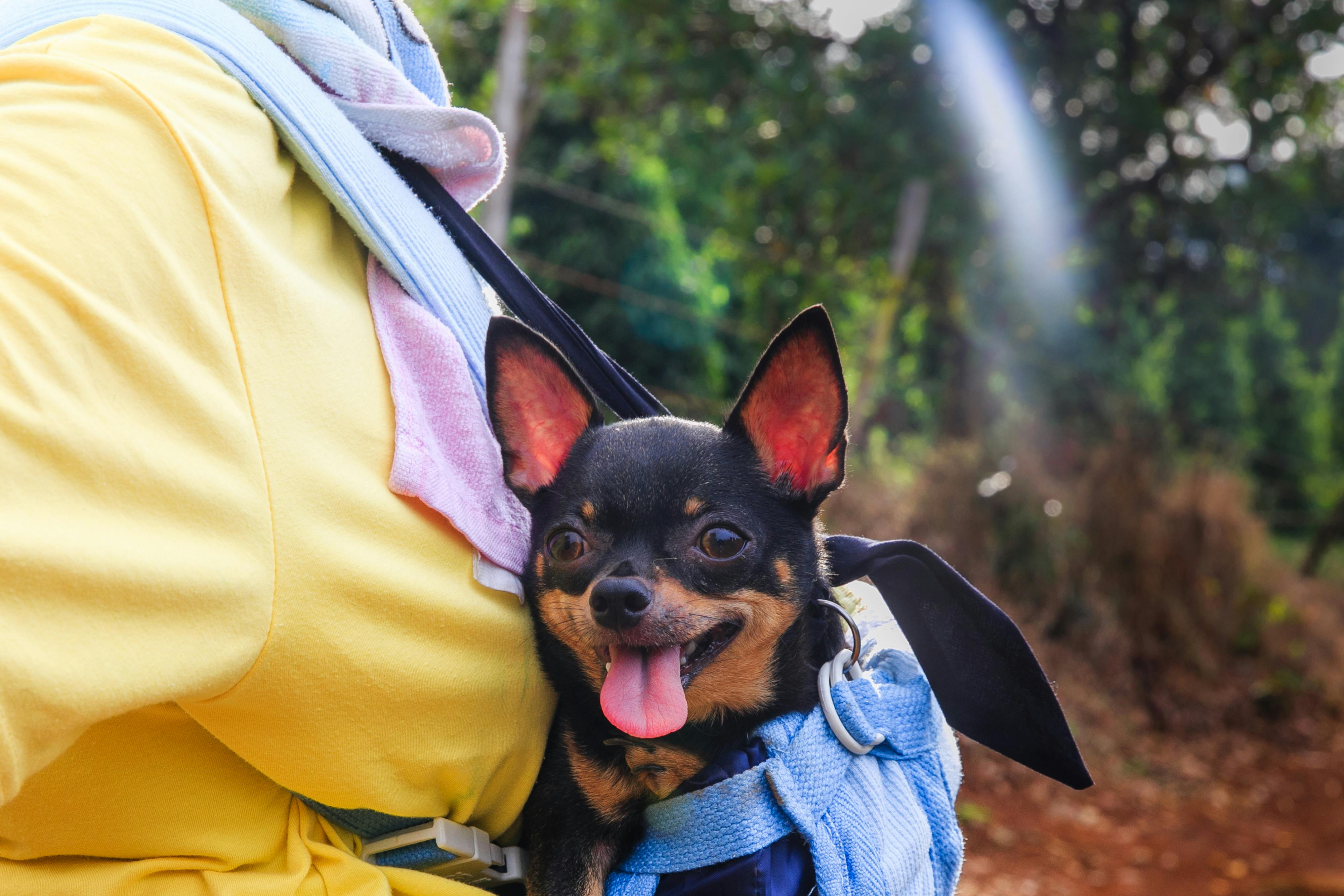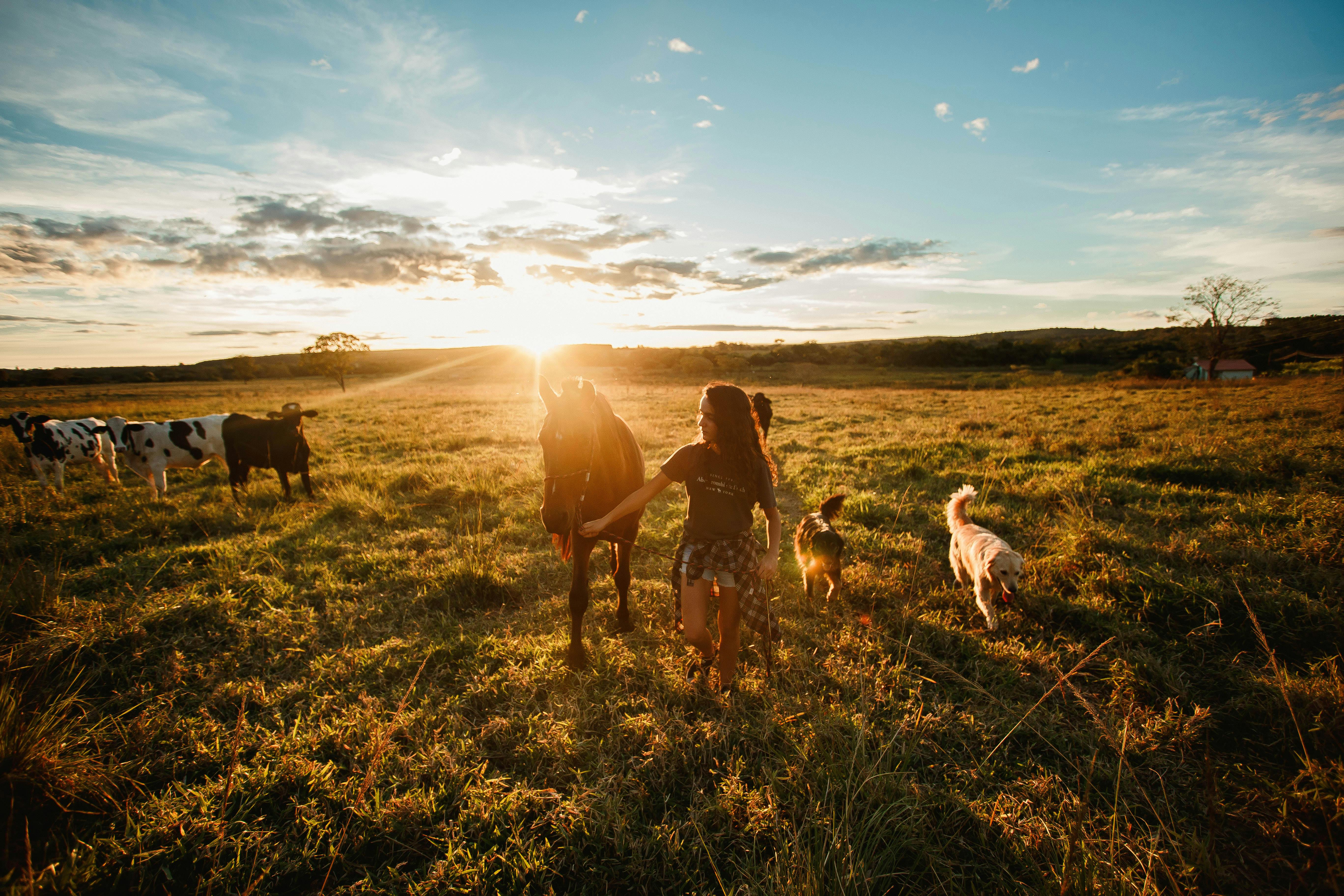Bearded dragons are gaining popularity as pets. As babies, they are commonly found in most pet stores and are relatively inexpensive. Unfortunately, their availability is due in part to over-breeding, primarily caused by accidentally buying a male and female together. Being cheap to buy, buying the cute babies can be an impulsive purchase on behalf of the new owner who has not properly researched their care first. While not difficult to maintain, at least a basic understanding of your requirements is important before bringing one home, otherwise you are likely to have a short or unhealthy life.
These reptiles make excellent pets, particularly in homes where a person is allergic to fur. While they will never be as cuddly as a dog or cat, they are tame, especially when they are older and (unless abused) without any apparent effort on the part of the owner, other than regular handling when they are young. Bearded dragons end up captivating the whole family, even those who would say they don’t like reptiles! They have personalities and an interesting demeanor of their own.
Originally from Australia where they live a lonely existence in the desert. Mating is the only time that males and females interact with each other. The company of its own kind is not important to a bearded dragon. Unscrupulous or ignorant pet stores will encourage customers to buy two dragons together, possibly at a discount, but this should be avoided. Most people who buy two together will end up having to separate them in due course. One will not feel lonely on his own.
Because they are so easy to buy, many people do so without first learning how to properly maintain them. While they are not difficult to care for, they have particular requirements that must be met to help them live long and happy lives.
Unfortunately, the very people that new owners depend on for accurate advice on keeping a bearded dragon often do not understand its basic breeding. Pet store workers deal with many reptiles and do not understand all the differences in their needs. Anyone wishing to own a beardie should read books and websites dedicated to their care, and should not rely on the information provided when purchasing their new pet.
The main thing to remember is that they are cold-blooded reptiles that come from a hot, arid desert. The nursery configuration should mimic, as far as possible, its natural habitat.
Bearded dragons thermoregulate, that is, they heat up or cool down by moving between hot and cold temperatures. To allow them to do this, the nursery must be set to a temperature range with a heat lamp at one end and a thermostat to regulate temperatures. The cold end of the nursery should not exceed 85 degrees Fahrenheit. At the other extreme, there should be a place where the bearded dragon can bask in the sun, and the temperature here should be 105 degrees (40 ° C), which is important for digestion. Ideally, it’s best to set up the nursery a week before bringing a bearded dragon home, that way temperatures can stabilize.
The desert obviously has a lot of sunlight; In the nursery, a UVB tube (preferably 12%) will be a partial substitute for this (nothing is as good as the real thing). The tube should run throughout the nursery so that your pet is exposed to the rays for as long as possible. For this reason, beards do not need fur. They don’t come across standing water in the desert, so you may never see them drink. Bearded dragons’ lungs cannot cope with high humidity levels, so apart from a container of water, there should be nothing else in the nursery that could cause humidity. Similarly, there are only very limited occasions when bearded men must bathe; yes, they know how to swim, but that doesn’t mean it is of no use to them. Beardies get all the moisture they need to survive from their food.
Unfortunately, they can suffer from Metabolic Bone Disease (MBD). MBD causes deformities and symptoms include difficulty walking or keeping the head up. It can sometimes be treated if caught early and is often fatal. Beardies grow 4000 times in size at birth as they grow into adults, and to maintain that growth rate they must have extra calcium along with UVB exposure. MBD is a common result if a UVB tube is not provided and supplemental calcium is not given daily.
Pet stores often try to sell you the wrong equipment; It is not uncommon to find a heating mat in a ‘Bearded Dragon Starter Kit’. Since they can’t feel the heat coming off the ground, they won’t move off a hot mat and can end up with burns to the stomach. The best thing for a bearded dragon is sunlight on the basking spot (a raised rock or branch).
Sometimes mats are sold as a secondary heat source to be used at night, but unless your home gets very cold, you will probably find that you don’t need to heat the nursery overnight. In the desert there is a natural drop in temperature at night, and bearded dragons need it to get a good night’s sleep. Adult bearded dragons are quite happy with a temperature of 60 degrees (16 ° C) at night, juveniles should not be below 65 degrees (18 ° C). If you need extra heat, you can use a ceramic heater or just cover the nursery with a blanket. New owners are concerned that their dragon is cold and unresponsive in the morning, but this is absolutely natural. Like, in nature, it will take up to an hour for their temperature to rise enough for them to move and start eating.
An adult is between 19 and 22 inches long and will reach adult size in 12 to 18 months (they all grow at different rates). The required nursery size is ideally 4ft x 2ft x 2ft. A smaller one will be too narrow. A baby can go straight to a full-size nursery; after all, in its natural habitat, no one is separated from the desert for him! If you buy a smaller size nursery, it won’t last for many months, so it’s best to get the full size from scratch.
Another item that pet stores often try to sell to the new owner is the wrong types of substrate (floor covering). Calci sand is a complete no, as it clumps together when wet and can cause a blockage (impaction) in the stomach. It is usually fatal. Similarly, setups are sometimes sold with wood chips, which is dangerous at any age as it is known to cause impaction. When setting up a bearded dragon nursery, remember that it is to provide the right environment for your pet and not what it wants to look at. Until the age of six months, the plain kitchen towel is the best substrate, as babies tend to take bites of sand when they learn to catch their food. After six months, the recommended substrate is broken sandstone slabs with children’s play sand between the cracks.
Is there an alternative to living food? Unfortunately, the answer is no. If you don’t like insects, don’t look for a bearded dragon. There are dry foods on the market, but I have not found a bearded dragon to eat them. They grow fast and cost a surprising amount to feed when they grow up, both as a cat and as a pet. However, they don’t need as much live food as adults, which is why an adult costs slightly less than a baby to feed. Silent crickets are best unless you want to feel like you are in the Mediterranean; It is best to leave the lobsters until they are adults, since once they taste them, they do not want to return to the most bitter crickets. Adult bearded dragons are 80% vegetarian, so fresh vegetables and fruits should be offered every day, although as babies they are sometimes reluctant to eat this. Live foods shrink when they reach adult size. Overfeeding live foods at this stage provides too much protein. For a treat, try the occasional wax worm. Be careful feeding the mealworms – the bearded ones love them, but they are harder to digest due to the chitin in the skin and they are not as nutritious.
If you are considering keeping a bearded dragon as a pet, researching their requirements and understanding their needs will ensure they have a long and healthy life.



